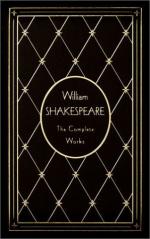|
This section contains 500 words (approx. 2 pages at 400 words per page) |

|
In the 1980s, three "styles" of poetry captured the attention of critics and the poetry-reading public: narrative poetry, new formalism, and language poetry. Although narrative poetry literally has been around since before the Greeks, it re-emerged in the 1980s as a response to the predominance of the lyric and to the increasing level of abstraction in poets such as John Ashbery. Proponents of narrative poetry, such as Robert McDowell, called for poetry based in the real world that was accessible to a wider audience. A manifesto published in The Reaper, a literary journal of narrative and formal verse founded by McDowell and Mark Jarman in 1981, called many of the poets of the day, "navel gazers and mannerists." McDowell and Jarman wrote: "Their poems, too long even when they are short, full of embarrassing lines that 'context' is supposed to justify, confirm the suspicion that our...
|
This section contains 500 words (approx. 2 pages at 400 words per page) |

|




